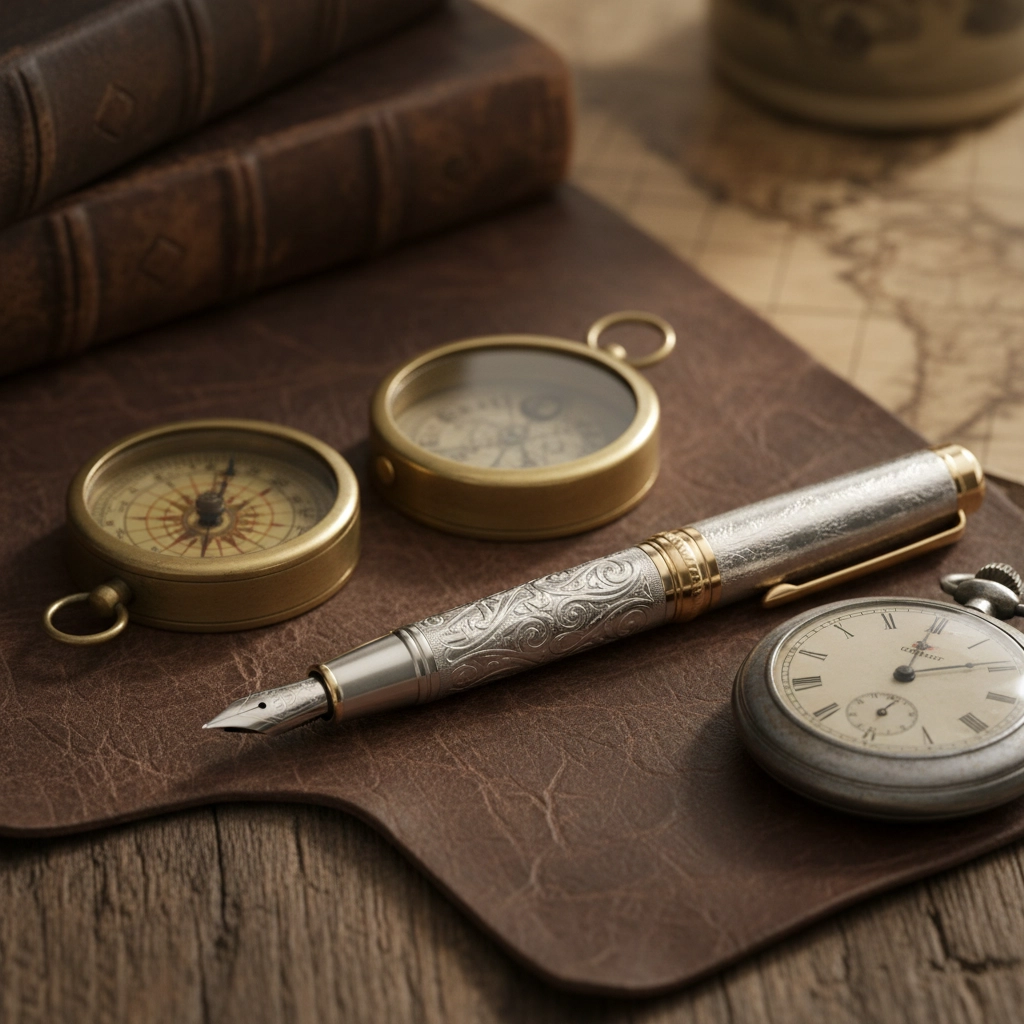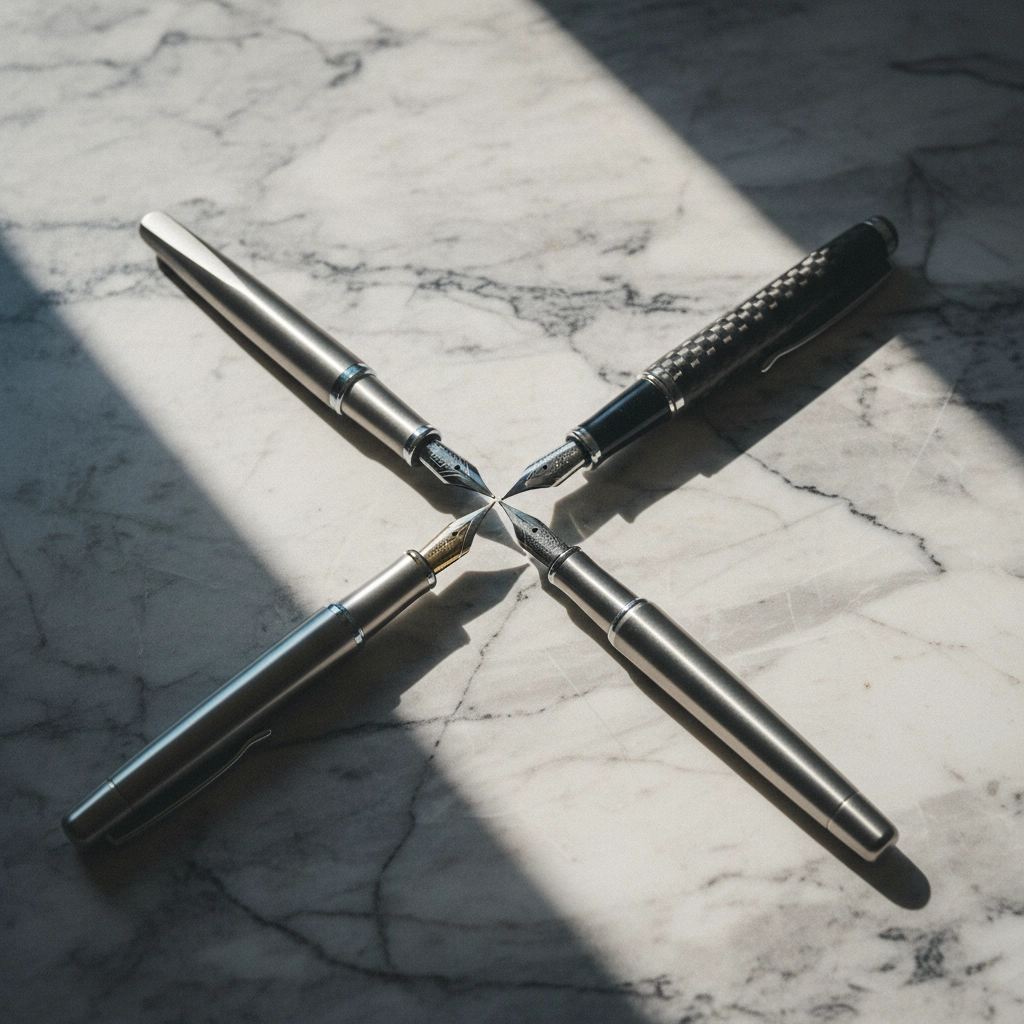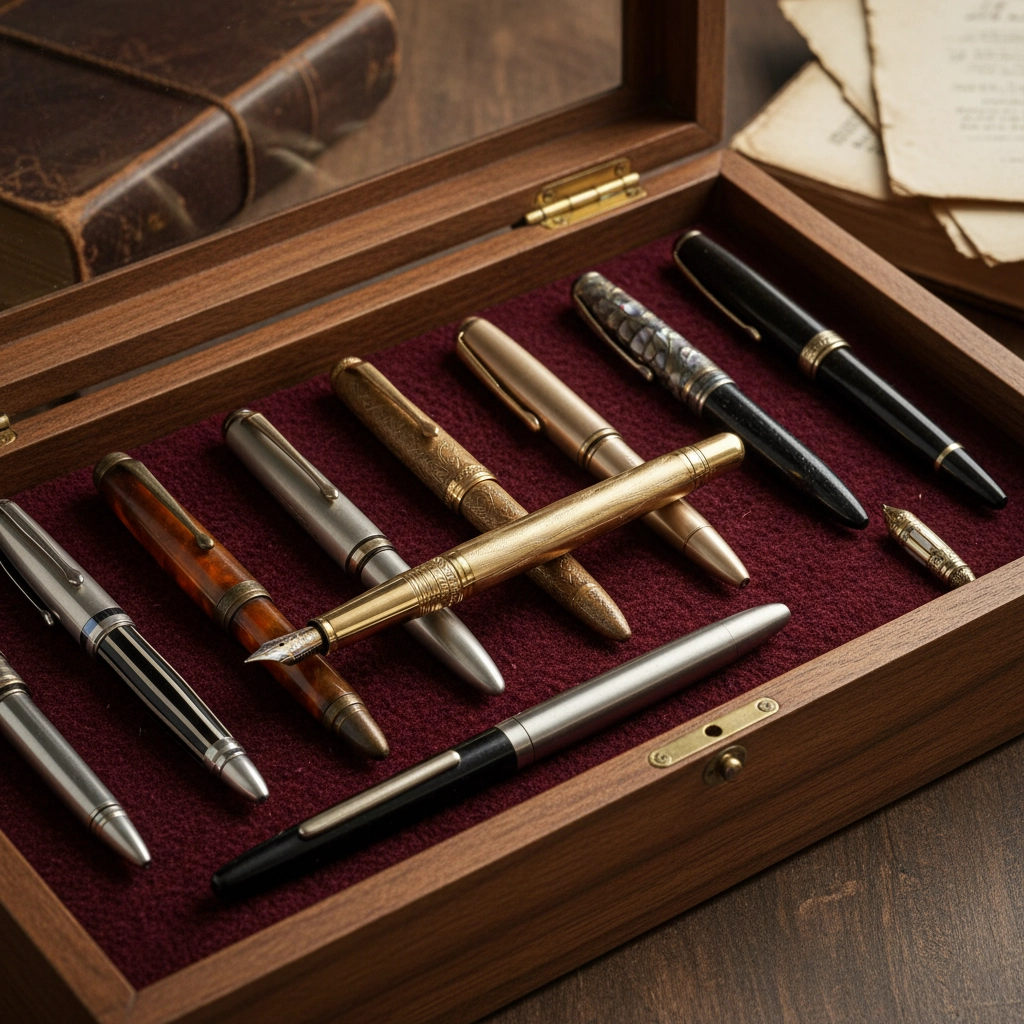ST Dupont vs Modern Luxury: Which Writing Instruments Hold Their Value Better?
You know what gets me fired up? When someone is asking about luxury writing instruments, and I can see that spark in their eyes – they're not just looking for a pen, they're hunting for something that'll hold its worth while making them feel like James Bond signing important documents.
After years of dealing with collectors and investors at Peter's Vaults, I've watched this fascinating battle play out between the old guard and the new school. On one side, you've got ST Dupont – this French powerhouse that's been crafting luxury since before your great-great-grandfather was even born. On the other side, there's this wave of modern luxury brands trying to capture that same magic with contemporary flair.
But here's the million-dollar question everyone's asking: which one's gonna keep your money safe while sitting pretty in your collection?
The Heritage Champion: ST Dupont's Timeless Appeal
Let me tell you something about ST Dupont that blew my mind when I first learned it – they've been perfecting their craft for over 150 years. We're talking about a brand that survived two World Wars, multiple economic crashes, and still came out swinging with some of the most coveted writing instruments on the planet.

What makes ST Dupont special isn't just their age – it's how they've maintained that obsessive attention to detail through all these decades. Every pen that leaves their workshops features precious metals like sterling silver and gold, with those signature gold nibs that have become their calling card. According to luxury pen experts, "High-end pens offer superior writing quality, durability and often increase in value over time," and ST Dupont exemplifies this perfectly.
I've seen vintage ST Dupont pieces change hands in my shop for anywhere from $650 for a beautiful Olympio model to an eye-watering $7,500 for limited edition Montparnasse Les Elements Air Gold pieces. That's not just holding value – that's serious appreciation territory.
The Modern Contenders: Innovation Meets Luxury
Now, don't think I'm dismissing the modern luxury scene. Brands like Montblanc, Pelikan, and Aurora are creating some seriously impressive pieces that blend traditional craftsmanship with contemporary design sensibilities. These companies understand that today's collectors want both heritage and innovation.
The modern luxury market has this advantage: they're not bound by century-old traditions. They can experiment with new materials, incorporate cutting-edge manufacturing techniques, and create designs that speak to contemporary tastes. I've watched collectors go absolutely wild for limited edition collaborations between modern brands and famous artists or designers.

But here's where it gets interesting – while modern brands might have the innovation edge, they're still building their legacy. When you're talking about long-term value retention, track record matters. A lot.
Breaking Down the Investment Potential
Let me share some real numbers from my experience dealing with both categories. ST Dupont's D-Initial range offers an accessible entry point around $275-$395, giving newcomers a taste of luxury without breaking the bank. But it's their limited editions where the real magic happens.
I've tracked secondary market prices for years, and here's what I've noticed: ST Dupont limited editions consistently outperform their original retail prices. Take their special collaborations – pieces that originally sold for $1,350 are now trading for $2,000 or more, depending on rarity and condition.
Modern luxury brands show more variation. Established names like Montblanc perform well, especially their limited edition Patron of Art series. But newer luxury brands? It's hit or miss. Some pieces hold their value beautifully, while others... well, let's just say you better really love writing with them.

The Collector's Perspective: What Drives Value
After dealing with thousands of collectors, I've identified what really drives value in luxury writing instruments. First, it's materials – gold nibs, sterling silver bodies, and precious metal accents aren't just pretty; they're actual value repositories. Even if a pen brand disappeared tomorrow, that 18k gold nib still has intrinsic worth.
Second, it's scarcity. Limited edition pieces with numbered runs create natural scarcity that collectors crave. ST Dupont understands this game perfectly – they've been creating collectible limited runs for decades, building a consistent secondary market.
Third, it's brand recognition and prestige. This is where ST Dupont's 150-year heritage really shines. When someone sees that distinctive French elegance, they immediately understand they're looking at luxury. Some modern brands are building this recognition, but it takes time.
The Real-World Performance Test
Here's something fascinating I've observed: luxury writing instruments that get actually used tend to hold their value better than safe queens that never see ink. Why? Because a well-maintained, fully functional luxury pen demonstrates the quality and durability that originally justified its premium price.
I've had customers bring in 20-year-old ST Dupont pens that still write like silk and look gorgeous with minimal wear. Those pieces often sell for more than their original retail because they prove the brand's quality claims weren't just marketing fluff.

Modern luxury brands that focus on actual writing performance alongside aesthetics tend to perform better in the resale market too. Collectors appreciate brands that remember these are tools first, art pieces second.
Making the Smart Choice for Your Collection
So which camp should you join? If you're looking at this purely from an investment standpoint, ST Dupont's track record is hard to argue with. Their combination of heritage, consistent quality, and established collector base creates a relatively stable foundation for value retention.
But don't count out modern luxury entirely. If you can identify emerging brands with exceptional quality and smart marketing, you might catch them before their collector base fully develops. It's riskier, but the potential upside could be significant.
Here's my honest recommendation: for your first luxury writing instrument investment, go with proven heritage. ST Dupont, Montblanc, or similar established names. Once you've got that foundation, then experiment with promising modern brands.
The Bottom Line Truth
After years of watching both markets, I can tell you that quality wins every time. Whether it's a vintage ST Dupont or a cutting-edge modern luxury piece, the instruments that retain and increase value share common traits: exceptional materials, superior craftsmanship, and designs that transcend temporary trends.
The luxury writing instrument market isn't going anywhere – if anything, it's growing as people rediscover the pleasure of analog tools in our digital world. Both ST Dupont and quality modern luxury brands are positioned to benefit from this trend.
Your collection should reflect your personal taste, but smart collecting means understanding these market dynamics. Whether you gravitate toward French heritage or contemporary innovation, make sure you're choosing pieces that will still make you smile – and hold their value – years down the road.
What's in your pen collection right now? Are you team heritage or team modern? The answer might reveal more about your collecting philosophy than you think.
Cheers,
Peter